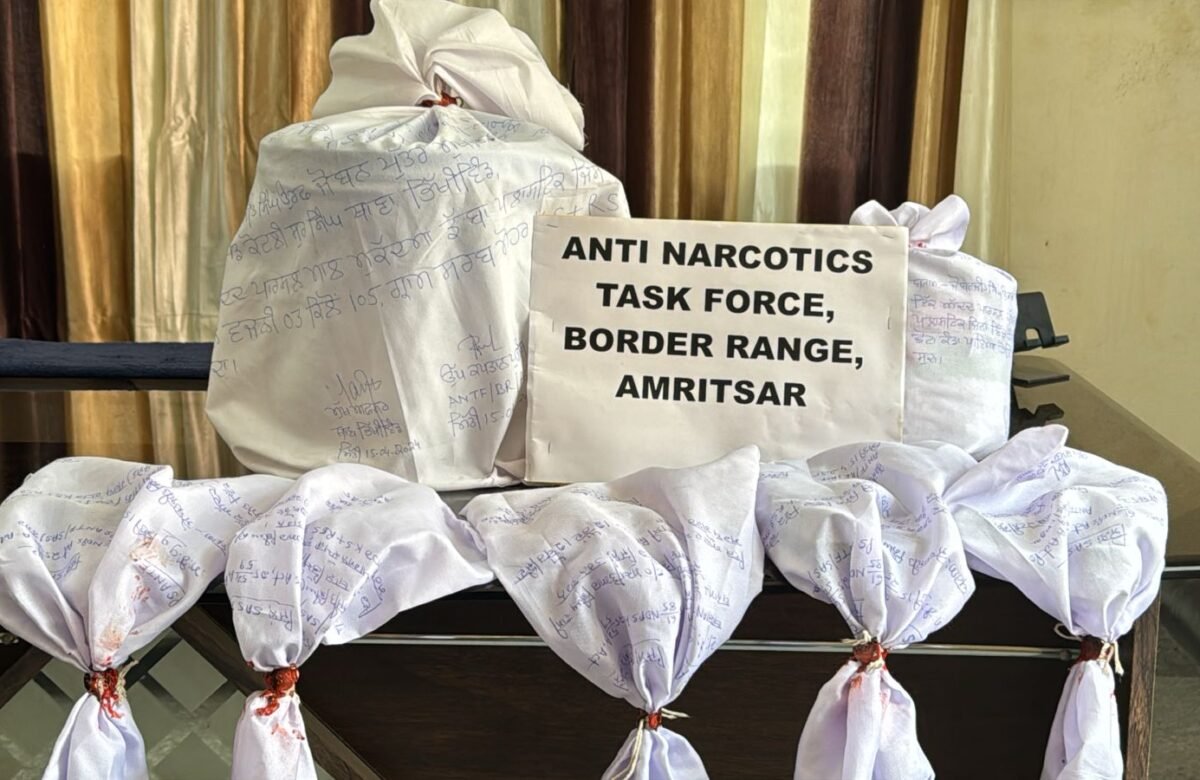
Ceasefire Agreement Between Israel and Hamas Signals Hope Amid Longstanding Conflict
- Breaking NewsHEADLINESNATION
- January 16, 2025
- No Comment
- 56
The recent announcement by outgoing US President Joe Biden of a ceasefire-for-hostages agreement between Israel and Hamas marks a significant milestone in efforts to end the 15-month-long conflict. Negotiated over months and facilitated by international mediators, including Qatar and Egypt, the agreement outlines a three-phase roadmap to peace, with key provisions addressing immediate humanitarian concerns and setting the stage for long-term stability in Gaza.
Under the agreement, the initial phase will involve a complete ceasefire for six weeks. During this time, hostages held by Hamas—including women, children, the elderly, and the sick—will be released in exchange for Palestinian prisoners. Israeli forces will also withdraw from populated areas in Gaza to allow displaced residents to return. Humanitarian aid deliveries, including hundreds of trucks daily, will increase significantly, addressing urgent needs in the war-torn region.
Understanding the Ceasefire Agreement
- Immediate Relief and Hostage Release
The first phase is designed to stabilize the volatile situation by ensuring a complete cessation of hostilities. Hostages taken during Hamas’s October 7, 2023, attack, including 33 identified humanitarian cases, will be prioritized for release. Simultaneously, Israel will release Palestinian prisoners. This phase also allows Palestinians to return to their neighborhoods as Israeli troops withdraw, alleviating some of the immense displacement caused by ongoing airstrikes and evacuations. - Towards Permanent Peace
Phase two focuses on securing a permanent end to the conflict. Remaining hostages, including male soldiers and other captives, will be released in exchange for additional Palestinian prisoners. Israeli forces will fully withdraw from Gaza, creating conditions for sustained peace. This phase also lays the groundwork for long-term diplomatic negotiations between both parties. - Reconstruction and Reconciliation
The final phase emphasizes rebuilding Gaza’s infrastructure and addressing the humanitarian crisis. This stage will involve international collaboration to restore basic amenities, healthcare, and education while returning the remains of any deceased hostages to their families. The process is expected to span years, underscoring the need for sustained global support.
The negotiations, described by Biden as among the most challenging of his career, were bolstered by regional shifts. The weakening of Iran’s influence in West Asia, the decline of the Assad regime in Syria, and Hezbollah’s diminished position in Lebanon contributed to increasing pressure on Hamas to agree to the truce. While progress is evident, Israeli officials remain cautious, emphasizing that the deal is not yet finalized.
This truce, if implemented fully, could reshape the dynamics in the Middle East, offering a path to de-escalation in a region marked by decades of conflict. However, the success of the agreement hinges on the commitment of both parties to uphold their promises and the continued support of international mediators to address potential challenges. As humanitarian aid begins to flow and displaced communities return, the world watches to see if this agreement can pave the way for lasting peace.
#IsraelHamasCeasefire #MiddleEastPeace #USDiplomacy #HostageNegotiation pic used from internet,



